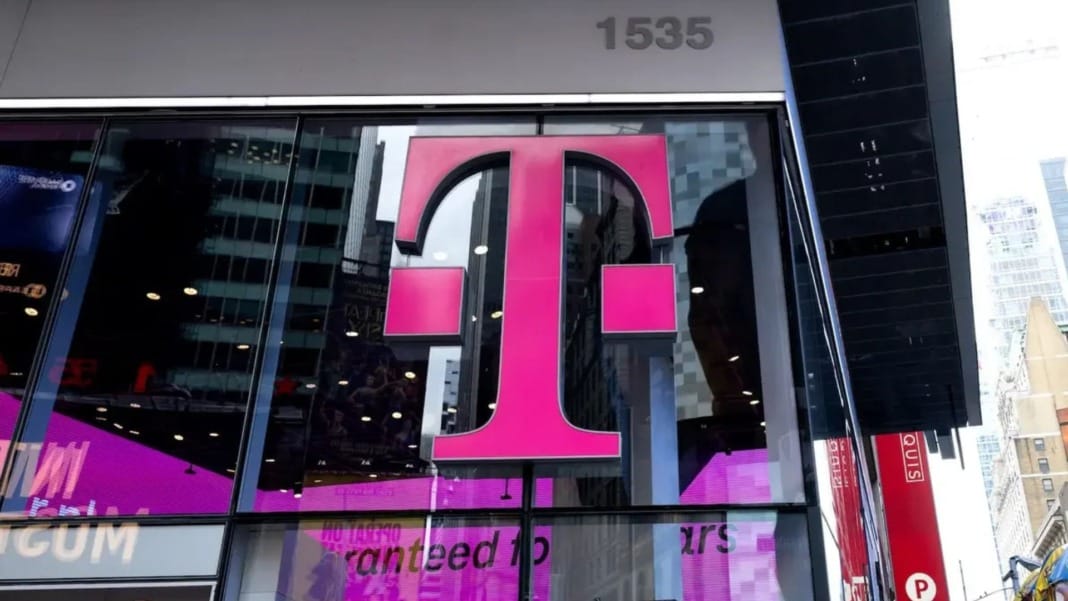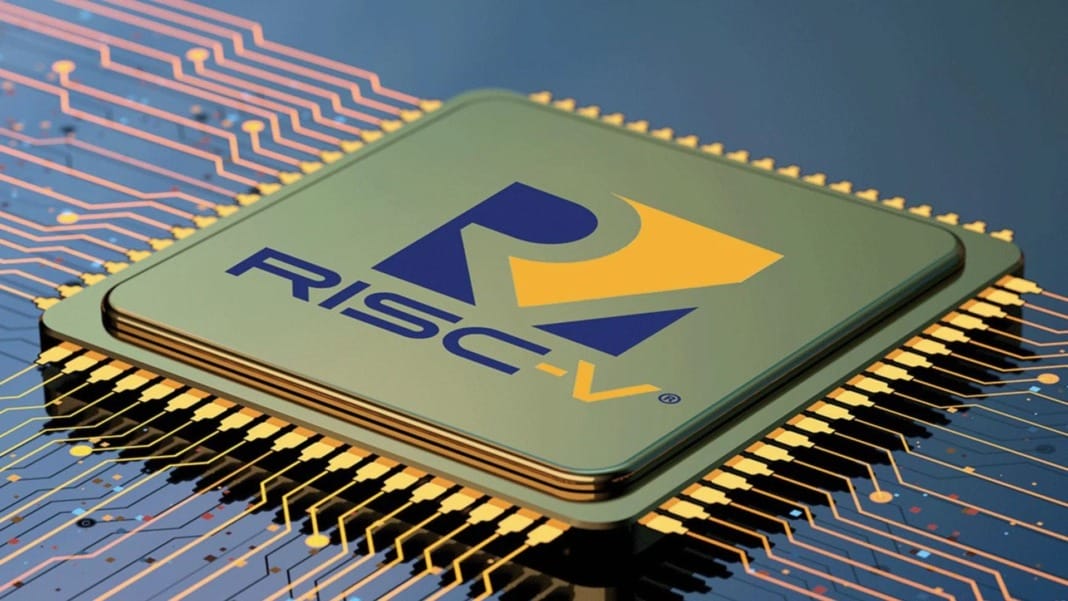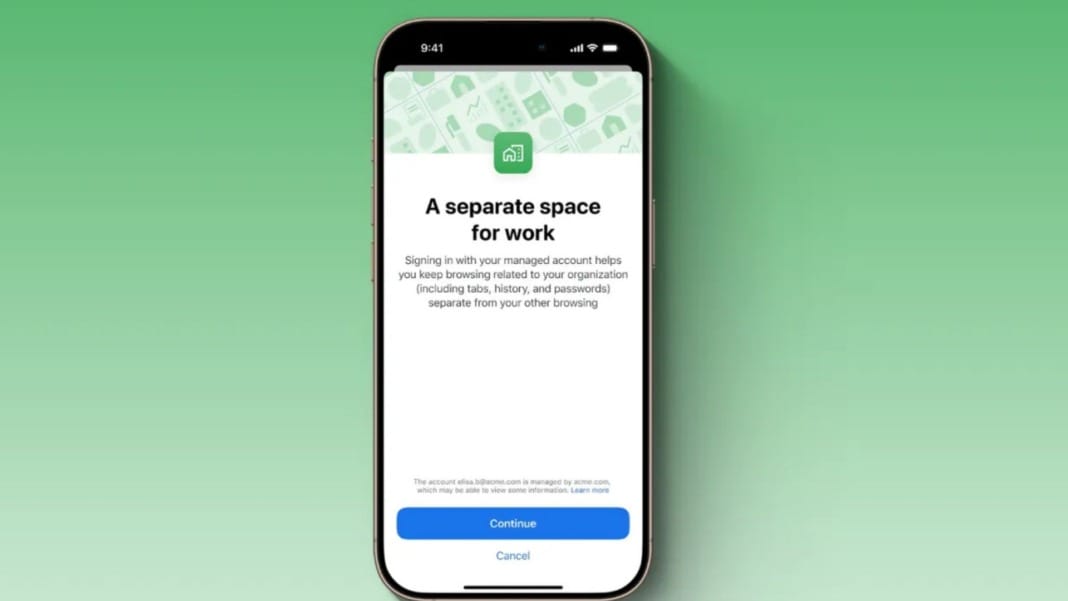T-Mobile has begun expanding support for a new low-latency technology across its 5G Advanced network in the United States. The standard, known as L4S (Low Latency, Low Loss, Scalable Throughput), is designed to enhance the performance of data-intensive activities, such as video calling and cloud gaming, by reducing delays and buffering—even on high-speed connections.
According to the company, no special devices or mobile plans are required to benefit from the new feature. It is entirely network-driven and automatically available where deployed.
L4S aims to reduce delays and buffering
The L4S standard works by improving how internet traffic is handled during periods of congestion. Rather than allowing packets of data to slow down and cause latency, the technology marks these packets when congestion is detected. This will enable devices to read those signals and adjust in real time, thereby reducing—or potentially eliminating—performance hiccups.
John Saw, T-Mobile’s Chief Technology Officer, described the effect using a simple analogy. “In the olden days, you used reactive braking when traffic slowed down. L4S is more like dynamic cruise control, where the car automatically slows down and speeds up without you having to jump in,” he explained in an interview.
T-Mobile spokesperson Anushka Bishen stated that L4S is already active in “many cities” and that the company is “actively expanding” the rollout across its 5G Advanced network. This development positions T-Mobile as the first wireless network operator in the United States to implement L4S on a broad scale.
Improved user experience for real-time applications
The practical benefit of L4S technology lies in its ability to support low-latency performance for real-time applications. According to Saw, users of services like Apple’s FaceTime and Nvidia’s GeForce Now can expect smoother experiences, even when the network is under heavy demand.
Applications that are compatible with L4S should experience significant improvements in the speed at which data travels across the network, resulting in more responsive gameplay and more explicit video conversations. While existing 5G connections offer high bandwidth, they can still experience latency due to momentary congestion. L4S addresses this by actively managing packet flow, prioritising time-sensitive data so that services don’t stall.
Saw also noted that both Nvidia and Apple have been involved in earlier L4S trials alongside Comcast, which began deploying the technology in select cities earlier this year. This collaboration between tech giants and network providers suggests a broader industry push to support low-latency standards that enhance the next generation of digital services.
No changes required from users
One of the key advantages of L4S is its seamless integration. Unlike previous network upgrades that might require new hardware or plan adjustments, T-Mobile’s L4S rollout is happening entirely behind the scenes. This means customers can begin to benefit from the improvements without taking any action on their part.
“This is network-driven,” Saw said. “Users won’t need a special phone or plan to take advantage of the benefits from L4S.”
While T-Mobile has not provided a full list of cities where L4S is currently available, the ongoing expansion means more users will likely begin to notice performance improvements over the coming weeks. For those using supported apps or engaging in activities that demand real-time responsiveness, the difference may be especially noticeable.
As T-Mobile continues its 5G development, the integration of L4S marks a significant step towards more intelligent and responsive mobile networks. With the growing reliance on cloud-based and real-time services, technologies like L4S are becoming increasingly essential for maintaining a seamless user experience.





